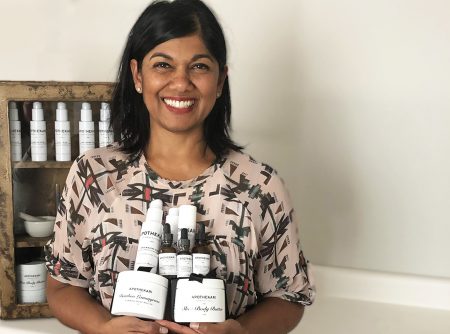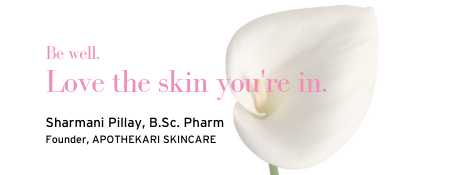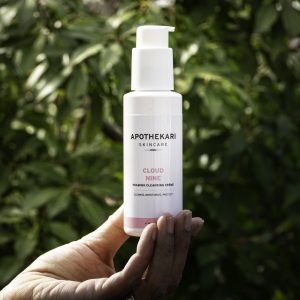When it comes to exfoliating skin, there are some dos and don’ts. Exfoliating helps to remove dead skin cells from the outer layer of our skin (the stratum corneum) to reveal the soft and hydrated skin hiding underneath (the epidermis). Skin undergoes a natural exfoliating process every day, but this process slows as we age, and can leave skin looking dull, dry, flaky and lackluster.
Exfoliation benefits most individuals by helping to speed up the shedding but it’s important to do it correctly. When exfoliating skin, you should consider your skin type to ensure that you are using the right method and the correct ingredients. You can choose between the two main methods for exfoliation – physical and chemical. Physical exfoliation employs the use of a tool, such as a brush, a sponge or a scrub or polish to physically remove dead skin cells. Chemical exfoliation relies on chemicals including alpha hydroxy acids (AHAs), beta hydroxy acids (BHAs) or fruit enzymes like papain (from papaya) and bromelain (from pineapple).
How Exfoliants Work
AHAs and BHAs work by gently dissolving dead skin cells to ‘unglue’ the bonds that hold dead skin cells on the surface. Fruit enzymes are gentler and work by breaking down the keratin in skin. They may be more suitable for sensitive skin. By breaking down bonds, skin naturally sheds so that the newer, healthier skin cells are visible. Chemical exfoliants also:
- Hydrate
- Even Out Skin Tone and Improve the Look of Dull Skin
- Smooth out Rough Texture
- Make Skin Look and Feel Firmer
- Diminish the Look of Wrinkles and Fine Lines
While AHAs and BHAs have much in common, there are differences. AHAs are water soluble and act on the skin’s surface. They are an ideal choice for normal to dry skin types and can help to reduce the visible signs of sun damage. BHAs are oil soluble and work on both the skin’s surface and inside pores to help clear them out. They are ideal for normal to oily skin and can be helpful to individuals prone to developing milia.
You can combine AHAs with BHAs if you feel that your skin will benefit from it. However, it may be wise to space out their use – alternating days, for example – as the combination may be too irritating if used at the same time. Combination skin may do well with BHAs on the oily areas and AHAs on the drier areas. Exfoliating skin delivers many benefits, but keep these tips in mind:
- Consider your Current Skin Care Regimen. If you are already using retinoids, benzoyl peroxide or other low pH treatments, exfoliating treatments may irritate skin. Try to space out if possible. Consider alternating retinoids with exfoliants. Don’t worry too much about cleansers because they are mainly washed off. However, proceed carefully with sensitive skin.
- Chemical Exfoliants May be too Much if you Have Sensitive Skin. Do a patch test first. It is possible that light physical exfoliation with a washcloth may be all you need.
- If you Have Darker Skin go Slowly. Aggressive exfoliation may irritate skin leading to hyperpigmentation.
- Be Gentle. Whether using a physical or chemical exfoliator, apply with gentle pressure using small, circular motions. Avoid exfoliating if skin is broken or sunburned.
- Moisturize. Exfoliating skin is effective, but it can be drying. Apply a hydrating and emollient moisturizer after.
- Choose the Right Physical Exfoliant. Stay away from large exfoliants like fruit pits or nut shells, which have rough, jagged edges and can cause micro tears in your skin. Opt instead for spherical and gentle treatments like sugar polishes or jojoba beads. Smaller particles in this case, are better.
- Don’t Overdo It. The frequency with which you exfoliate depends on your skin type and exfoliation method. Be careful not to over-exfoliate, as this can lead to skin that is red and irritated.
Do you exfoliate? Please share your tips.







